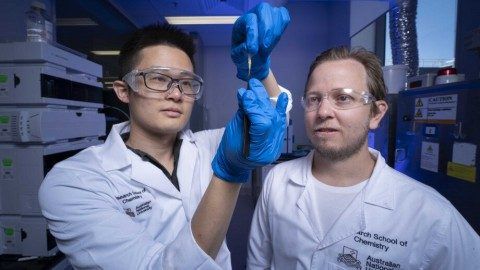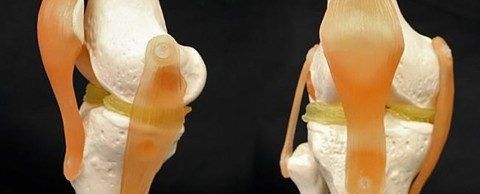According to a group scientists in Australia, the future of robotics is based on hydrogels. They have created a material, jelly-like, yet have the strength and durability of actual human skin, ligaments and bones.
The study “Tough, Self-Healing Hydrogels Capable of Ultrafast Shape Changing” which has been published in Advanced Materials by Zhen Jiang, Broden Diggle, India C. G. Shackleford and Luke A. Connal from Australian National University, explained the details.

“In many science fiction films, we see how the most complex work is done by artificial humanoid robots. Our research has taken a significant step towards making this possible”, said material engineer Zhen Jiang.
However, modern materials are still far from perfect. Some can withstand mechanical stress, others have the ability to self-repair, while others remember forms or change color. The new development combines these and many other characteristics, opening the world of the future for the whole industry.
Artificial flesh can change shape just like human muscles
The created material has a number of key characteristics: It is extremely durable and able to change shape, like the human muscles do.Chemical reactions in the new hydrogel proceed very quickly. So, if the counterparts take 10 minutes to lift the load, devices using hydrogel can do it in 10 seconds. It is easy to manufacture. It can be quickly and inexpensively created. In addition to all of this, the specialist will be given even more incredible properties to the hydrogel in the future using various polymers.

The key to this groundbreaking new material is the temperature rise. By creating thin films of hydrogel, the researchers heated them to change their shape. After returning to the original temperature, the shape stayed the same. This is possible through the use of the carbon-nitrogen hydrogel formula.
According to experts, exposure to temperature changes allows the hydrogel to function as an artificial muscle. And high durability feature allows it to lift heavy loads.
This was explained in the article as “The advantages of using such a multifunctional hydrogel is further demonstrated through an ability to lift heavy objects in a reversible and repeatable way upon thermal stimulus.”
Scientists hope that the new material will find application in robotics. Currently, work is underway to convert the hydrogel into some kind of ink for 3D printers.





